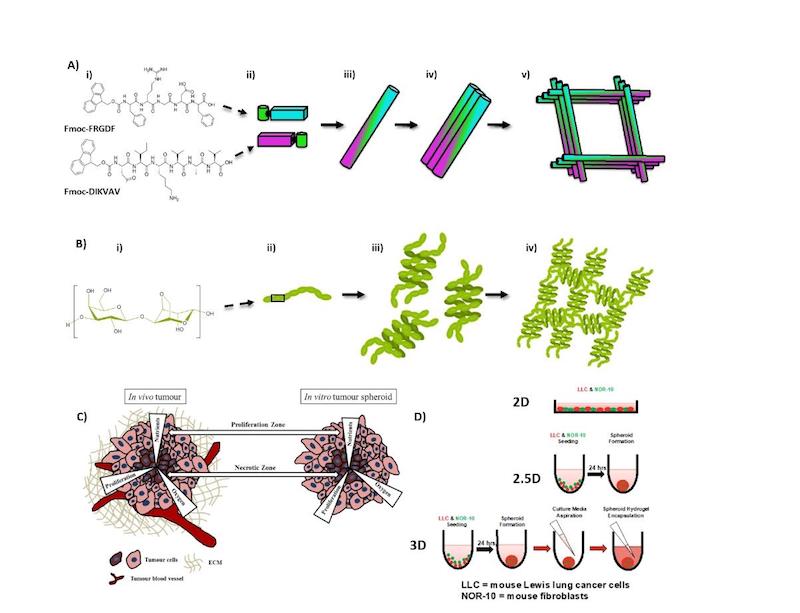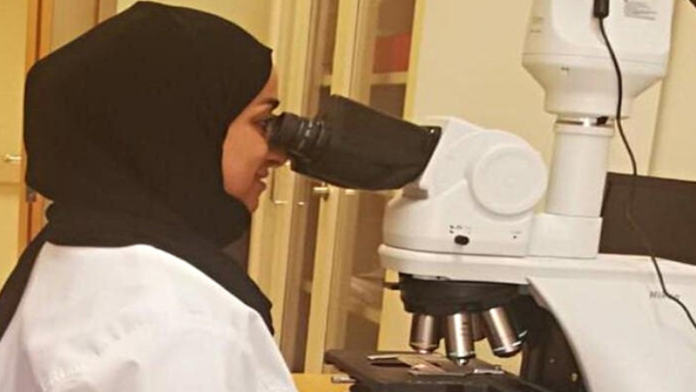The nation’s medical research and development goals – especially in the field of cancer treatments and mitigation – have hit a high note following the success of Dr. Noura Bint Rasool Bakhsh Al Balushi, an Omani biotechnologist and researcher.
Dr. Noura’s success came when she achieved promising results in manufacturing a three-dimensional cellular environmental model in a laboratory tube that simulates the complex natural biological and chemical environment of cancer cells in the human body.
The results of the 3-year study were published in the Swiss scientific journal “Gel”.
 omn
omn
“It is known that tumours are complex cellular ecosystems with different types of cells, fibres, and proteins that secure the rapid and continuous growth of cancer cells,” the researcher was quoted as telling the Oman News Agency (ONA).
She added, “I synthesised a three-dimensional cellular environment similar to that found in a tumour by culturing cancer cells, fibres, immune cells, and special proteins that form an array of functionally programmed peptide sequences into a gel known as a hydrogel.
She stated that she had studied the behaviour and characteristics of cells such as growth, movement, division, and interaction with the various factors surrounding them in the laboratory environment, including chemical and biological materials, using advanced radiological and analytical devices.
The researcher added: “The results showed that this three-dimensional cancer cell model helped a lot in understanding the nature and behaviour of those cells compared to the traditional two-dimensional method.”
She indicated that these results will contribute to enhancing the current understanding of what cancer is and updating the knowledge associated with such environments suitable for the cultivation of cancer cells.
This low-cost cellular environment can also be used to test cancer treatment drugs and prove their effectiveness before moving to the next and most expensive step, which is the experiment on laboratory animals, following which it could be tried on humans.
Dr. Noura bint Rasoul Bakhsh Al Balushi indicated that the results can be used to study the characteristics and behaviour of cancerous cells with regard to the speed of growth, spread and division.
Raising this cellular environment will contribute to accelerating the production of highly effective cancer treatments, in addition to facilitating an understanding of the multiple and changing characteristics of different cancer cells.
It is reported that the research was financially supported by the Ministry of Higher Education, Scientific Research and Innovation, the Ministry of Health, Royal Melbourne University and Deakin University in Australia.






